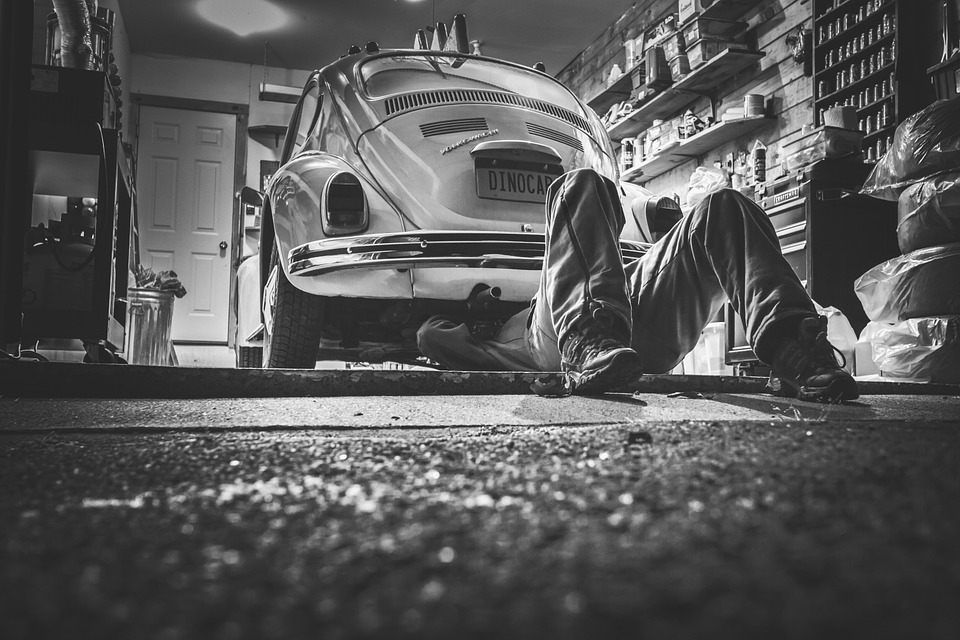Apprehension and fear of being fooled: everyone has already felt this way when taking the car to the garage. However, there are several clues to help you choose a serious and professional mechanic.
1. Garage inspection
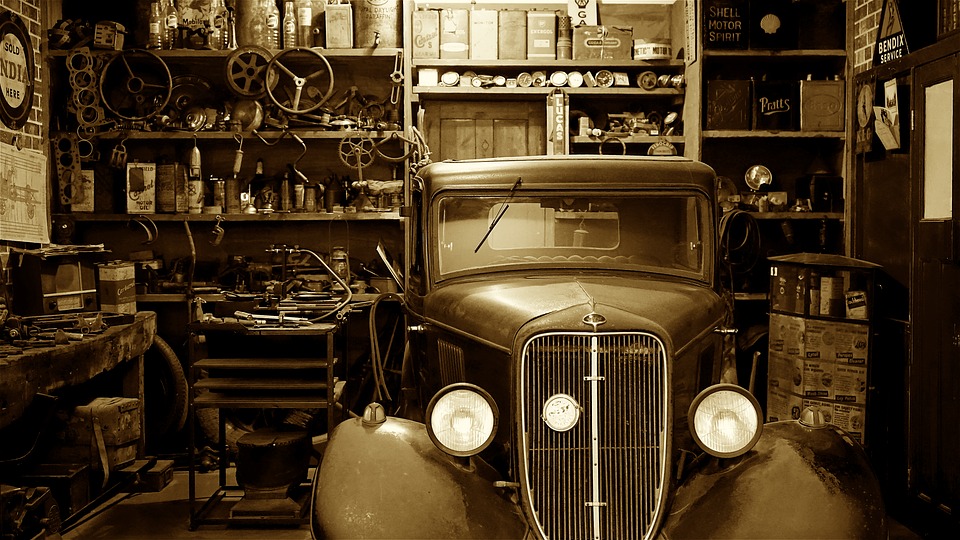
A half-empty garage does not necessarily mean a bad reputation. It may also indicate that the professional is organized and on time.
On the other hand, an outrageously dirty workshop, with puddles of oil and tools in every corner should make you think about the meticulousness of the professional who will check your car.
Good to know: the presence of several vintage cars in or around the garage is a very good indicator: it reveals a garage owner who has been able to attract the favour of collectors, who pamper their old cars. At first glance, a serious professional!
2. Compliance with the procedure
There is no obligation for a professional to provide a free estimate. On the other hand, as soon as a repair is undertaken, the garage must comply with a certain number of legal rules.
– He cannot take a vehicle for repair or order parts without seeing your registration.
– It is essential that you sign a repair order, clearly indicating the work to be done and the presumed amount of the operations. In case of disagreement on the final invoice, this document is essential. The garage must provide you with a copy before repair.
– If during the repair, your mechanic notices that unexpected costs will be incurred, he must inform you.
– The garage owner is a professional. In this sense, the garage is bound by the obligation of the contract. The mechanic should return you your vehicle with repairs done under the terms of the repair order.
– The hourly labour rate must be displayed.
Good to know: check the duration of the repair warranty. A serious professional must be able to guarantee the durability of the repairs for at least a few months.
Not everyone is a mechanic, and garage owners know this. However, a conscientious professional must spend time with his client to explain step by step the operations that must be performed on the client’s vehicle. If you have any questions, and the mechanic says he doesn’t have time to open the hood to show you what he’s going to do, it is better to look for another mechanic.
3. Check the origin of the parts
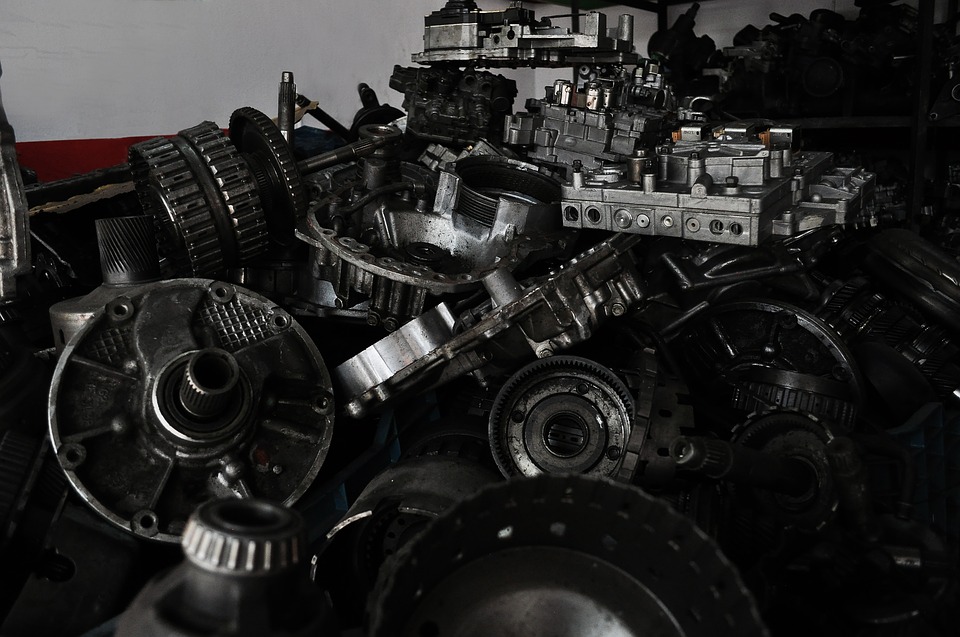
Adaptable parts, or original equipment manufacturer (OEM) parts? If the estimate seems too expensive for your car, which is already old and has high mileage, you can ask the garage to repair your car with so-called “adaptable” parts, which are not provided directly by the manufacturer of your car. Generally cheaper, they are not always of poor quality and often make it possible to complete the work on your vehicle without having to worry about it.
If your car is very worn, the garage may also offer you used parts, except for safety components (tires, brakes, shock absorbers). Think about how much you want to invest if you consider that you will probably be selling it sooner later.
4. Has my vehicle really been repaired?
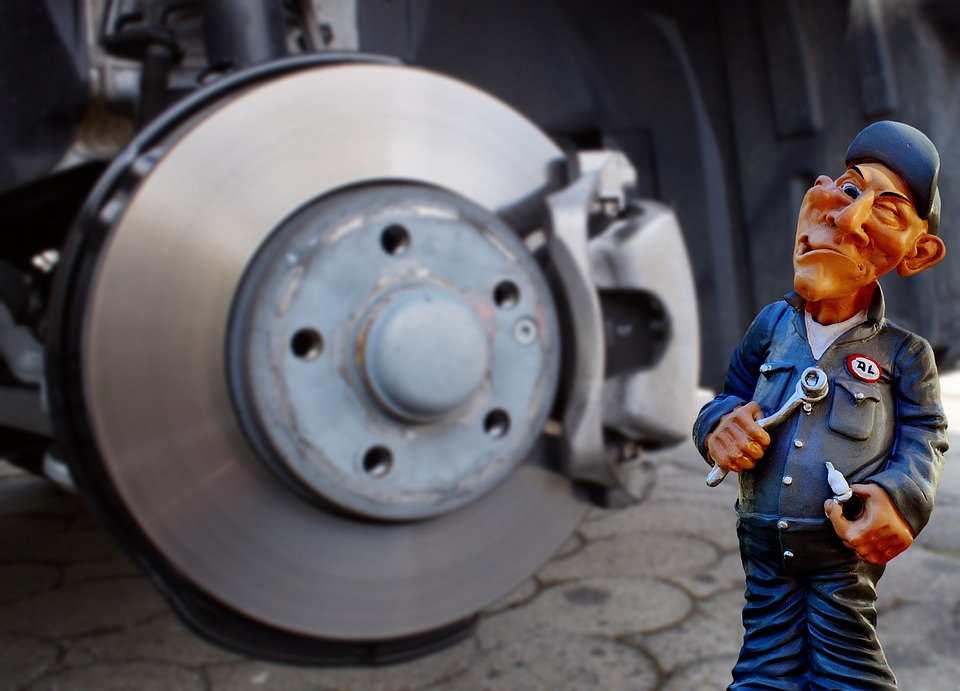
Some garages do not hesitate to charge for the replacement of parts that they, however, did not change. If you are in doubt, before signing the repair order, ask your mechanic to keep the used parts for you to see. They are yours, not his.
So, if he has nothing to blame himself for, and the parts are really out of order, he will accept with a smile.
Good to know: keep all your invoices, which show the date of intervention and the mileage of the car.
5. How to check that your oil change was carried out correctly?
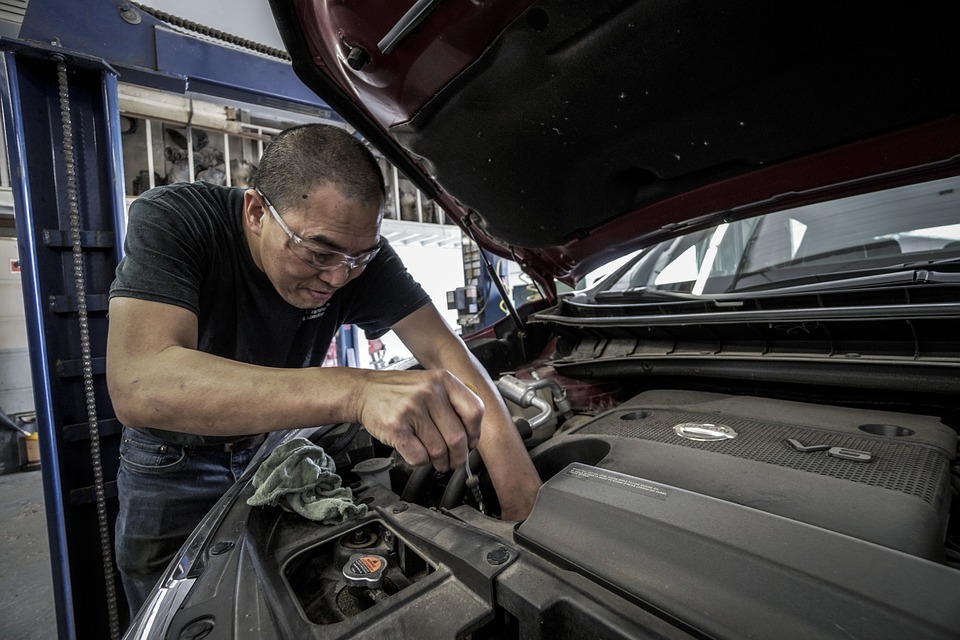
Many garages use the so-called “suction drain,” which consists of introducing a pump into the hole where the oil is poured, for sucking up the used oil without removing the drain plug located under the vehicle. Faster and easier to implement, this solution is not satisfactory, because the dirt and residual sludge remain at the bottom of the tank and will quickly contaminate the new oil. And, all mechanics know that.
Before you drop off your vehicle, draw a chalk mark on the oil drain plug under the car. If your oil change includes changing the oil filter, do the same on the filter. When you get your vehicle back, check that your markings have disappeared. Indeed, if the cap has really been removed, the drain key, the oil drain and the hands of the mechanic on it will have erased the chalk.
6. Monitor the progress of operations
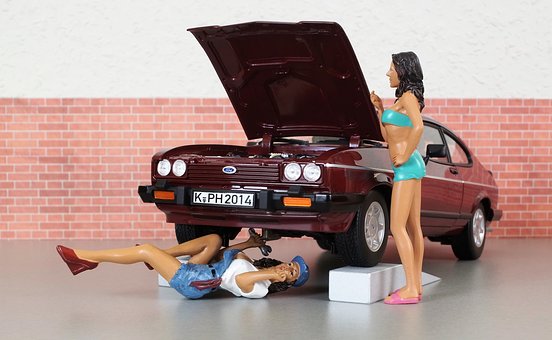
Do you have some time to observe and monitor the repair?
A mechanic who has nothing to blame himself for will not prevent you from seeing what is happening in the workshop. Moreover, many professional car centers offer waiting rooms equipped with large bay windows overlooking the workshop.
If you are being refused the right to see or be present during the repair, it is suspicious.
Hope the above helps you, now that you know how you should be dealing with a garage.

